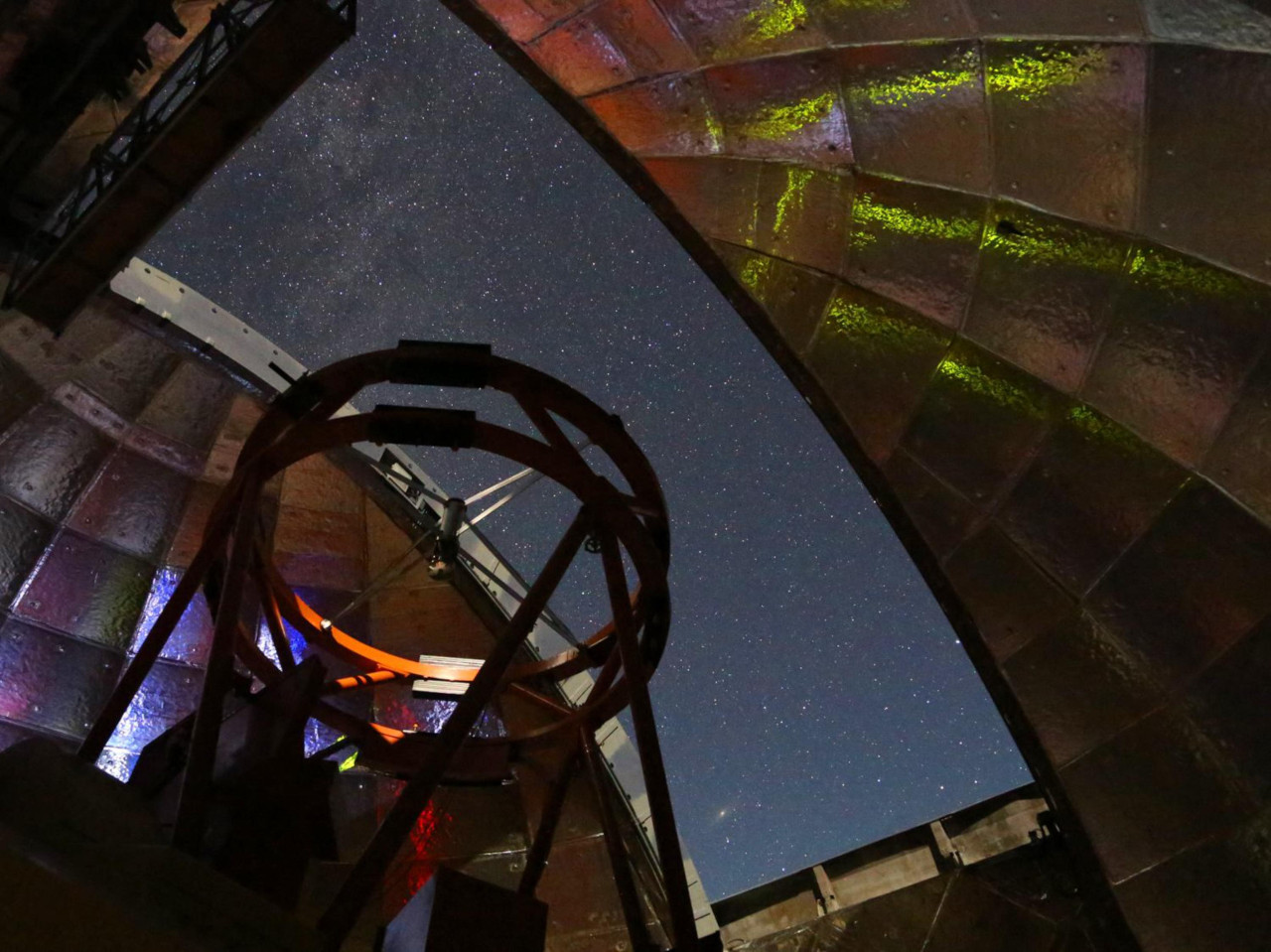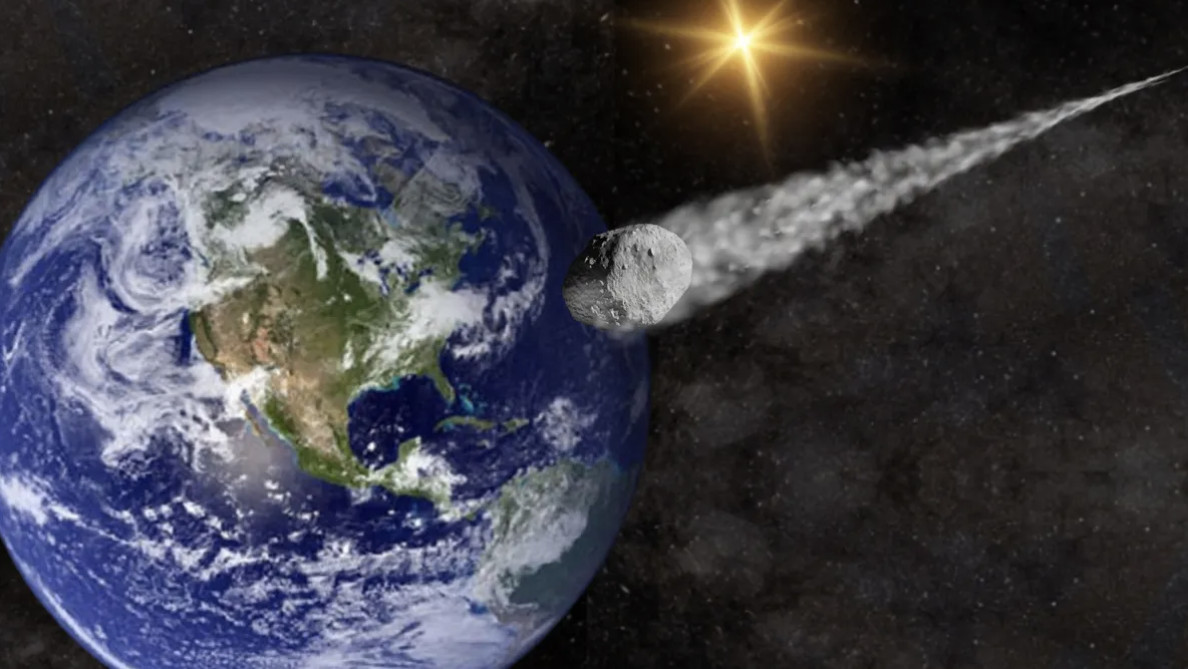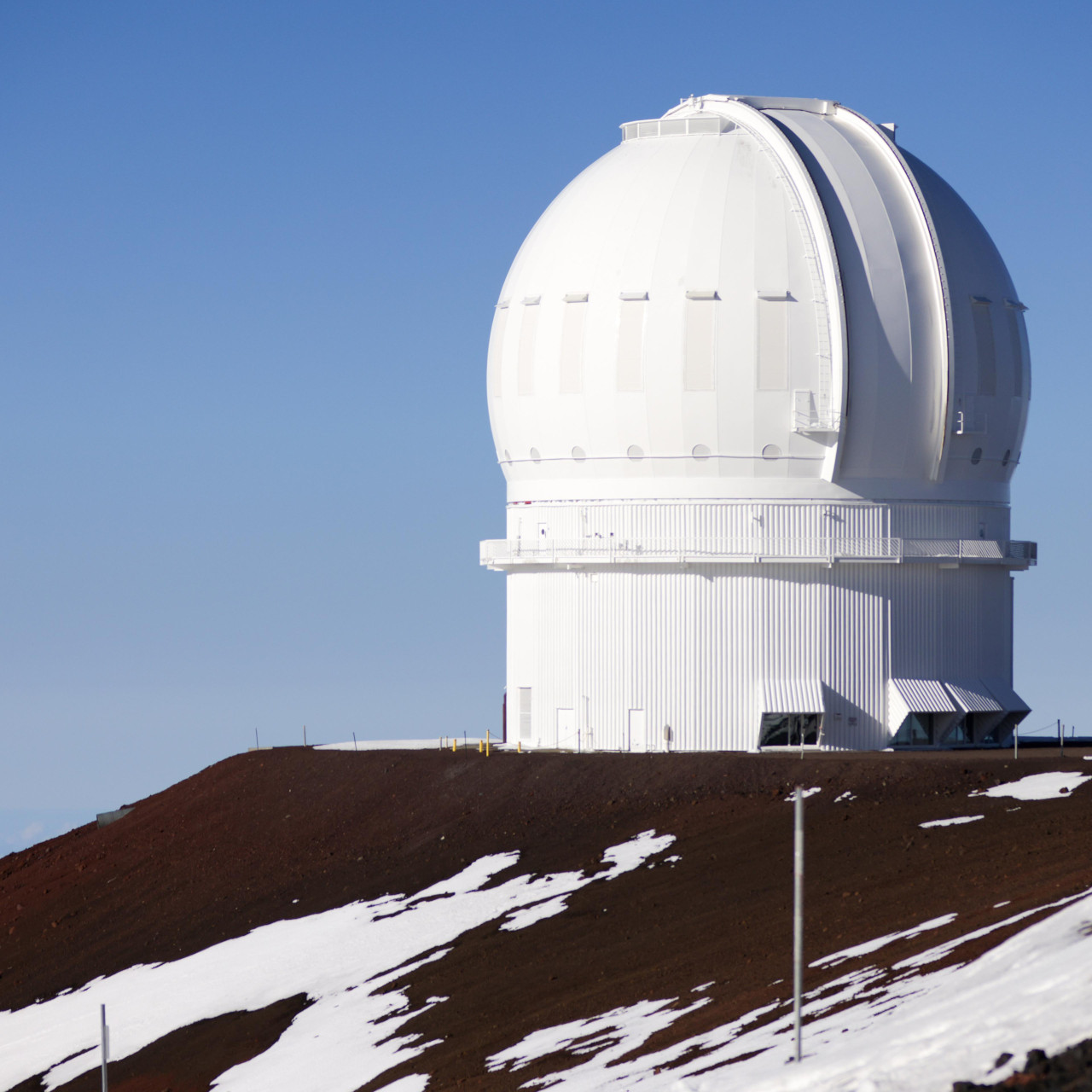(BIVN) – Scientists have recalculated the trajectory of asteroid 2024 YR4, which now has an even smaller chance of impacting Earth in December 2032.
Using telescopes on Maunakea, University of Hawaiʻi astronomers say the likelihood that the “city-killer” size asteroid will collide with our planet has dropped to just 0.28%.
Previous calculations gave the asteroid collision a 3% probability.
“The atmosphere above Maunakea tends to be very stable, and it enables telescopes to produce very sharp images, sharper than most other observatory locations,” said David Tholen, an astronomer at UH’s Institute for Astronomy (IfA).
The University reports Tholen, along with IfA colleagues Richard Wainscoat and Rob Weryk, analyzed images captured by the Canada-France-Hawaiʻi Telescope’s MegaCam, “a 380 MegaPixel wide-field camera designed for asteroid tracking and deep-space imaging.”
From a University of Hawaiʻi news release:
Window closing on ability to observe asteroid
The team’s findings are crucial to NASAʻs planetary defense efforts, providing critical data for experts assessing the asteroid’s path. However, time is running out for ground-based tracking.
“The distance between the Earth and the asteroid keeps increasing, and as that happens the asteroid gets fainter and fainter, and at some point, it will be too faint to reach with even the largest telescopes we have here on Earth,” Tholen explained.
By April 2025, 2024 YR4 will be too distant and faint to detect with Earth-based telescopes. NASA plans to use the James Webb Space Telescope in May to gather further insights on its size and structure, but the next opportunity to monitor the asteroid from Earth will not come until 2028, when it will again be bright enough for telescopic observations.
Asteroid impact
Despite the lower impact probability, astronomers remain vigilant. History has demonstrated the destructive power of similar-sized asteroids. In 1908, a comparable object exploded over Tunguska, Siberia, leveling 1,000 square miles of forest. If an asteroid the size of 2024 YR4 entered Earth’s atmosphere over a populated area, it could generate a powerful airburst capable of breaking windows or causing minor structural damage across an entire city.
UH aids planetary defense
UH’s IfA plays a central role in planetary defense. The university operates some of the world’s most advanced asteroid-tracking telescopes, such as the NASA-funded Asteroid Terrestrial-impact Last Alert System (ATLAS), which has facilities in Hawaiʻi, Chile and South Africa. Additionally, Pan-STARRS, located on Haleakalā, is the leading near-Earth object (NEO) discovery telescope, responsible for detecting many of the most concerning asteroids while they are still far from Earth.

IRTF is optimized for infrared observations which include tracking fast-moving asteroids. (photo courtesy UH)
On Maunakea, two UH-operated telescopes also contribute to planetary defense by helping to track or analyze NEOs. NASA’s Infrared Telescope Facility, a 3.2-meter observatory, specializes in studying NEOs to assess impact risks, while the UH88 telescope aids in predicting future asteroid trajectories. Next week, Tholen and his team will continue tracking 2024 YR4 using the UH88 telescope, ensuring that the asteroid’s path remains under close observation.



by Big Island Video News7:06 am
on at
STORY SUMMARY
MAUNAKEA, Hawaiʻi - University of Hawaiʻi astronomers, using telescopes on Maunakea, have refined calculations on the trajectory of asteroid 2024 YR4.